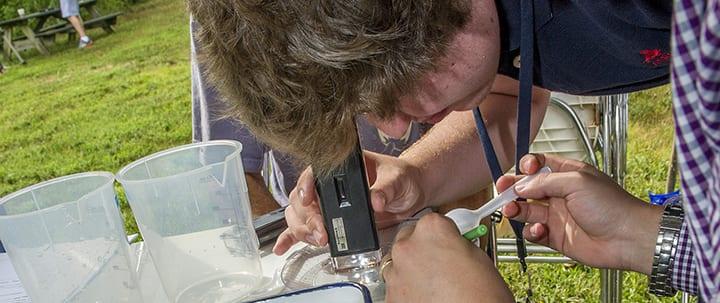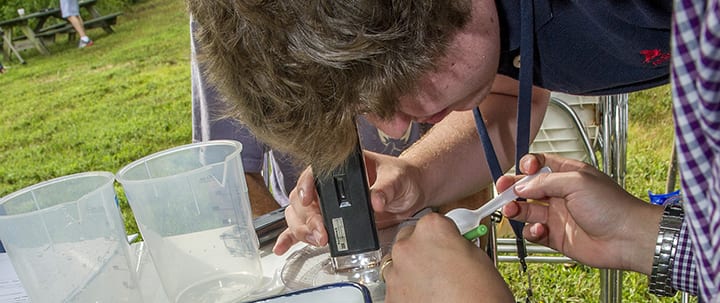Do you learn best with a hands-on approach? Learn about the most effective kinesthetic learning strategies in this guest post by New Milford, NJ teacher Matthew H...
In a previous post on study skills for high school students, I discussed some of the different learning styles that work best for different people. Sometimes, a student can even be a mixture of two or more types of learner. As a result, the way you approach studying should reflect the way that your body and mind process information best. Before you can start studying, find out what type of learner you are.
Determining That You Are a Kinesthetic Learner
You most likely are a kinesthetic learner if you have ever said that you learn best by doing something yourself. Occasionally called tactile learners, kinesthetic learning strategies need to incorporate a “hands-on” approach to whatever subject you are studying. What separates each learning style from the other is when and how that “a-ha” moment happens. For kinesthetic learners, the light bulb often goes off in the middle of using their body in motion to subsequently understand a new concept.
Ways to Incorporate Kinesthetic Learning into Your Studying
- Intense Approach
When studying, anyone with kinesthetic tendencies should use his or her body and movement to the fullest potential. This doesn’t have to be super intense, but incorporating diverse muscle groups is useful because then the whole body is working together in helping your mind discover a new way of thinking. For example, if you have a history test and need to remember different country names, get up and envision the floor as an enlarged flattened globe. Walk to where each location would roughly correspond with each other. In doing so, you are allowing yourself to learn the information based on a spatial relationship with your body in motion. Using a transparency to project a map on the ground might be useful if you have the resources available.
- Moderate Approach
But a kinesthetic learner doesn’t have to go to such extreme measures to incorporate more of this style into his or her study habits. Even smaller movements, like synchronizing hand gestures to trigonometry formulas can be useful. In this case, a closed fist could represent sin, open palm cos and an extended index finger tan. Use these different hand signals in conjunction with reviewing the formulas while preparing for an exam. These types of gestures will help a kinesthetic learner retain information because the body will be reinforcing the mathematical concepts based on the relationship of the subtle to exaggerated movements with the mind’s thought process.
As always, everybody is different and every body is different. You have to figure out what works best for your own body based on your unique experiences. The best kinesthetic learning strategies are those that keep you active. Staying still will not get you anywhere. If you recognize that you are not only a kinesthetic learner, but also do well aurally, incorporate playing music or dancing into your study sessions. Maybe you’re a mix of kinesthetic and visual, in that case, draw or paint or shape clay to help you learn the material. In any case, by incorporating more movement into your preparation, the learning process will become more fun, and you will have much more productive study sessions.
 Matthew H. teaches a variety of subjects both online and in New Milford, NJ. He recently received his MA from NYU with a background in Sociolinguistics and related research. Learn more about Matthew here!
Matthew H. teaches a variety of subjects both online and in New Milford, NJ. He recently received his MA from NYU with a background in Sociolinguistics and related research. Learn more about Matthew here!
 Photo by NASA Goddard Space Flight Center
Photo by NASA Goddard Space Flight Center
Suzy S.

